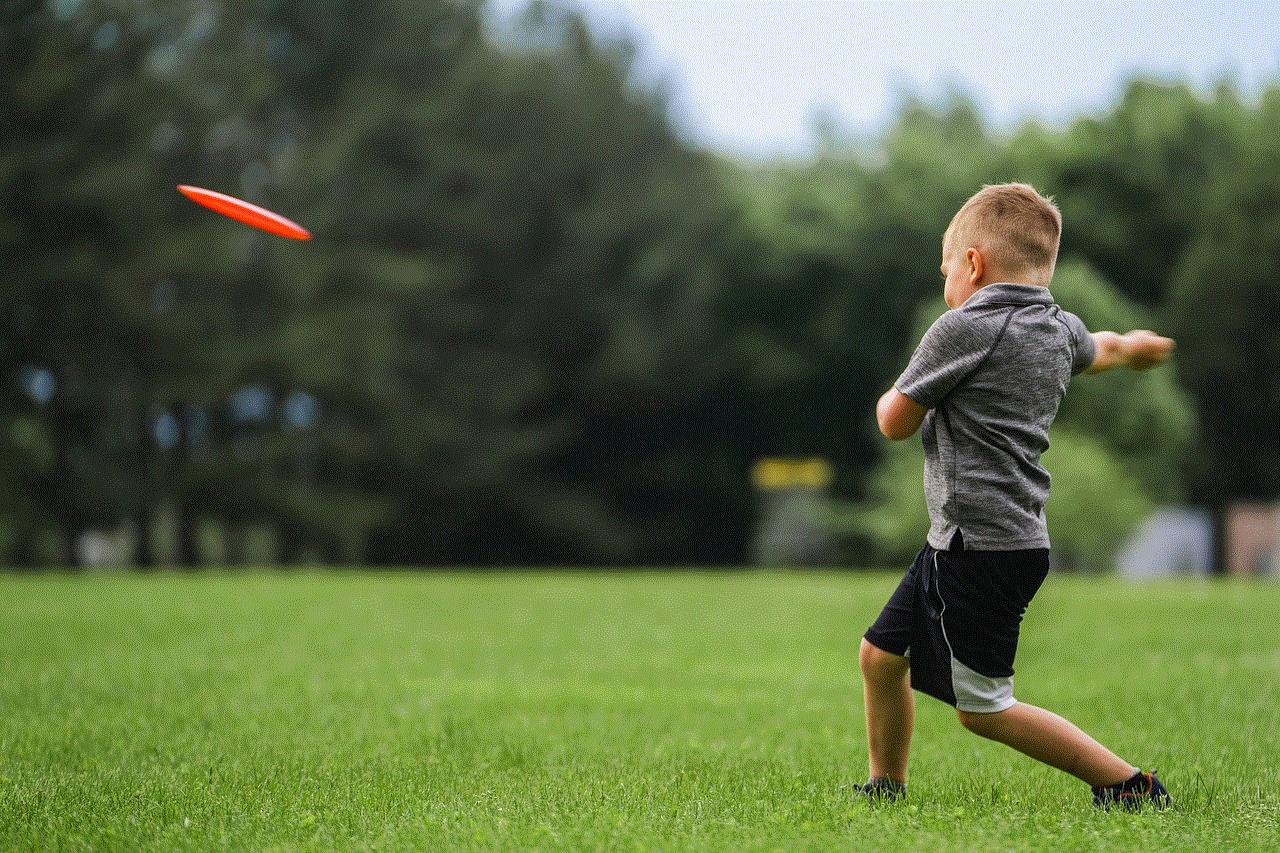parallel play example
Parallel play is a term used in child development to describe a type of play where children play alongside each other without direct interaction or engagement. It is a common behavior observed among young children, typically between the ages of 2 and 3, and is considered an important milestone in their social development. This article will explore the concept of parallel play, its significance in child development, and provide examples to illustrate its occurrence and effects.
Parallel play is often seen as a transitional phase between solitary play, where children play alone and are focused on their own activities, and cooperative play, where children engage in play together and interact with each other. During parallel play, children may play with similar toys or engage in similar activities in close proximity to each other but do not actively engage or interact with one another. They may occasionally observe what the other child is doing or imitate their actions, but there is no direct communication or collaboration.
One of the main reasons for parallel play is that young children are still developing their social and communication skills. They may not yet have the ability or confidence to initiate play with others or may simply prefer to play independently. Parallel play allows them to explore their own interests and develop their creativity while still being in the company of other children.
While parallel play may seem like a solitary activity, it actually has several benefits for children’s social and emotional development. Firstly, it provides children with an opportunity to observe and learn from their peers. By watching other children play, they can learn new ideas, skills, and behaviors. For example, a child may observe another child stacking blocks and then imitate the behavior, thus learning about balance and spatial relationships.
Secondly, parallel play helps children develop their independence and self-confidence. By engaging in activities on their own, children learn to make decisions, solve problems, and entertain themselves. They become more self-reliant and develop a sense of autonomy. This is an important step towards becoming more socially competent and able to interact with others in more complex ways.
Parallel play also contributes to the development of empathy and social awareness. While children may not actively interact with each other, they are still aware of the presence of their peers and their activities. This helps them understand that others have their own thoughts, feelings, and desires. They learn to respect others’ personal space and develop a sense of social boundaries.
It is important to note that parallel play is not limited to children of the same age. It can also occur between children of different ages or developmental stages. For example, an older child may engage in parallel play with a younger sibling or a child of a different age group at a daycare center. This type of play can be beneficial for both parties, as the younger child may learn from the older child’s actions and the older child may develop nurturing and leadership skills.
Now let’s look at some examples of parallel play in action. Imagine a group of children at a park, each with their own set of toys. One child may be playing with a toy car, driving it around on the ground, while another child is playing with a doll, pretending to feed it. They are both engaged in their own activities, but they are aware of each other’s presence and occasionally glance at what the other child is doing. They may even imitate each other’s actions or incorporate elements from the other child’s play into their own.
In another example, two children may be playing with building blocks. One child is building a tower, while the other is constructing a bridge. They are not actively collaborating or communicating, but they are indirectly influencing each other’s play. The child building the tower may observe the bridge and decide to incorporate it into their own structure, or vice versa. This exchange of ideas and inspiration is a key aspect of parallel play.
Parallel play can also be observed in a classroom setting. Picture a group of preschoolers sitting at a table, each with their own art supplies. One child may be coloring a picture with crayons, while another is painting with watercolors. They are focused on their individual artwork, but they are aware of what the other children are doing. They may comment on each other’s work or share their materials, but there is no direct collaboration or joint project.
In conclusion, parallel play is a normal and important part of children’s social development. It allows them to explore their own interests, learn from their peers, develop independence, and understand social boundaries. While it may seem like a solitary activity, parallel play provides numerous benefits for children’s cognitive, social, and emotional growth. Parents and caregivers should encourage and support parallel play by providing a safe and stimulating environment for children to engage in independent play alongside their peers.
i want to be a good man
Title: The Journey to Becoming a Good Man: Cultivating Virtue, Compassion, and Integrity
Introduction:
In a world that often seems filled with negativity and moral ambiguity, the desire to be a good man is both noble and commendable. Being a good man encompasses various aspects, including moral values, ethical behavior, empathy, and a commitment to personal growth. This article aims to explore the path to becoming a good man, emphasizing the importance of cultivating virtues, practicing compassion, and upholding integrity. Through self-reflection, empathy, and a dedication to continuous improvement, any man can embark on this transformative journey.
1. Understanding Virtue:
To become a good man, one must first understand the concept of virtue. Virtue encompasses qualities such as honesty, humility, courage, kindness, and justice. These virtues form the foundation of one’s character, guiding actions and decisions. Cultivating virtues involves self-reflection, introspection, and a willingness to recognize and address personal flaws.
2. Self-Reflection and Self-Awareness:
Self-reflection is a crucial component in becoming a good man. It involves examining one’s thoughts, beliefs, and actions to identify areas for improvement. By developing self-awareness, men can gain a deeper understanding of their strengths and weaknesses, enabling them to make conscious choices aligned with their values.
3. Embracing Emotional Intelligence:
Emotional intelligence plays an essential role in personal growth and interpersonal relationships. A good man recognizes the importance of understanding and managing his own emotions while empathizing with others. By cultivating emotional intelligence, individuals can enhance their ability to communicate effectively, resolve conflicts, and build meaningful connections.



4. Practicing Compassion:
Compassion is the key to fostering empathy and understanding towards others. A good man actively seeks to understand the experiences and perspectives of those around him. By extending kindness, support, and empathy, men can make a positive impact on the world, promoting harmony and justice.
5. Nurturing Relationships:
Relationships are an integral part of a good man’s life. Building and maintaining healthy relationships requires trust, respect, and effective communication. By investing time and effort into nurturing relationships, men can foster stronger connections, both personally and professionally.
6. Upholding Integrity:
Integrity stands at the core of being a good man. It involves aligning actions with ethical principles, maintaining honesty, and taking responsibility for one’s choices. A good man stands up for what is right, even when faced with adversity, and acts as a role model for others.
7. Commitment to Personal Growth:
Becoming a good man is an ongoing process of personal growth and development. It requires a commitment to continuous learning, acquiring new skills, and broadening one’s knowledge base. By setting goals, seeking feedback, and embracing challenges, men can constantly evolve and improve themselves.
8. Respecting Diversity and Inclusion:
A good man recognizes the value of diversity and inclusion in society. He understands that everyone deserves respect, regardless of their race, gender, religion, or background. By actively promoting equality and inclusivity, men can contribute to a more harmonious and just world.
9. Giving Back to the Community:
A good man understands the importance of giving back to the community. Whether through volunteering, philanthropy, or mentoring, men can positively impact the lives of others. By using their skills and resources to benefit those in need, they contribute to the greater good and inspire others to do the same.
10. Overcoming Challenges:



Becoming a good man is not without challenges. It requires resilience, determination, and the ability to learn from failures. By embracing challenges as opportunities for growth rather than setbacks, men can develop the strength and character necessary to navigate life’s obstacles.
Conclusion:
Becoming a good man is a lifelong journey that requires self-reflection, empathy, and a commitment to personal growth. By cultivating virtues, practicing compassion, upholding integrity, and embracing challenges, any man can strive towards becoming a positive force in the world. The path to being a good man is not always easy, but the rewards are immeasurable – personal fulfillment, meaningful relationships, and the ability to make a lasting impact on the lives of others. Start today and embark on the transformative journey to becoming a good man.
app para localizar personas
In today’s digital world, technology has made it easier than ever to connect with people from all over the globe. However, there are times when we need to locate someone in a specific area or find a lost loved one. This is where apps for locating people come in handy.
Whether you are trying to reunite with a long-lost friend or family member, or simply need to track the whereabouts of someone for safety reasons, there are various apps available that can help you in your search. These apps utilize the power of GPS technology and other advanced features to help you locate individuals quickly and efficiently.
One popular app for locating people is Find My Friends. Developed by Apple, this app allows you to easily keep track of the whereabouts of your friends and family members. By using their iPhone’s GPS capabilities, the app displays the real-time location of your contacts on a map. This can be incredibly useful in situations where you need to coordinate meetups or keep tabs on the whereabouts of loved ones.
Another app that has gained popularity is Life360. This app goes beyond just locating people and offers additional features such as a panic button and a driving safety feature. The panic button allows users to send an emergency alert to their selected contacts in case of an emergency. The driving safety feature, on the other hand, provides real-time updates on the speed and location of the user’s vehicle, making it ideal for parents who want to monitor their teenager’s driving habits.
For parents who want to keep track of their children’s whereabouts, there are apps specifically designed for this purpose. One such app is Family Locator – GPS Tracker. This app allows parents to easily locate their children and receive real-time updates on their location. It also includes features like geofencing, where parents can set up virtual boundaries and receive alerts when their children enter or leave these areas.
In addition to these popular apps, there are also specialized apps for locating people in specific situations. For example, there are apps designed to help locate missing persons. These apps utilize various resources such as social media, public records, and law enforcement databases to aid in the search for missing individuals. They can be particularly useful for families and law enforcement agencies who are trying to find someone who has disappeared.
One such app is called FBI Child ID. This app, developed by the Federal Bureau of Investigation, allows parents to store important information about their child, such as photos, physical characteristics, and contact information. In the event that a child goes missing, this information can be quickly shared with law enforcement agencies to aid in the search.



Another specialized app is called Find My Pet. As the name suggests, this app is designed to help locate lost or missing pets. It utilizes GPS technology to track the location of the pet and provides real-time updates to the owner. Additionally, it allows users to create a profile for their pet, including photos and contact information, which can be shared with local animal shelters and veterinary clinics to aid in the search.
In conclusion, apps for locating people have become increasingly popular in today’s digital age. Whether you are trying to find a lost loved one, keep track of your children, or locate a missing pet, there are various apps available that can help you in your search. These apps utilize advanced features such as GPS technology and real-time updates to provide accurate and efficient results. With the power of technology at our fingertips, finding people has never been easier.